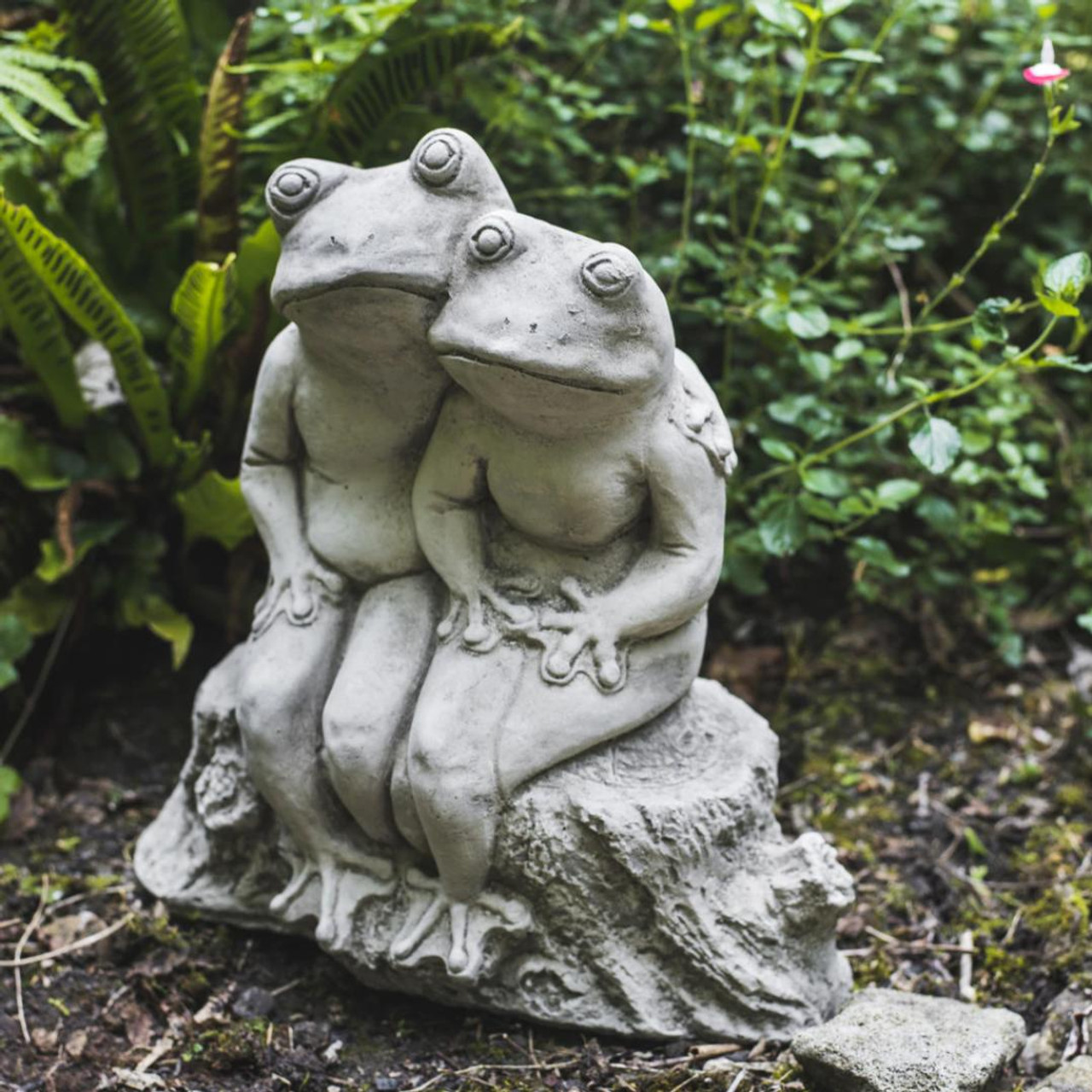Decorative frogs can add a unique and whimsical touch to your garden, providing both aesthetic appeal and a conversation starter.
Having spent years gardening and experimenting with various decorative elements, I can personally vouch for the charm these little creatures bring to outdoor spaces. In this guide, we’ll explore the types of decorative frogs available, their benefits, care tips, and how to creatively incorporate them into your garden design.
The Allure of Decorative Frogs in Garden Decor
From traditional ceramic to vibrant resin designs, decorative frogs are more than just garden ornaments; they are expressions of personality and creativity. Let’s dive into why they are beloved by gardeners worldwide.
Why Choose Decorative Frogs?

- Versatility: They suit various garden styles, from whimsical to elegant.
- Artistic Expression: Available in countless designs, allowing for personal touches.
- Eco-friendly Options: Many are made from recycled materials, promoting sustainability.
Types of Decorative Frogs for Your Garden

With countless options available, let’s explore some popular types of decorative frogs that can enhance your garden’s beauty.
Ceramic Frogs
Ceramic frogs are timeless classics, often hand-painted and intricately designed. They add a touch of elegance and charm.

Pros and Cons of Ceramic Frogs
| Pros | Cons |
|---|---|
| Durable and weather-resistant | Can be heavy, making placement difficult |
| Variety of designs | May chip or break if dropped |

Resin Frogs
Resin frogs are lightweight and come in vibrant colors, perfect for adding a pop to your garden.
Pros and Cons of Resin Frogs

| Pros | Cons |
|---|---|
| Lightweight and easy to move | Can fade in sunlight over time |
| Variety of colors and sizes | May not be as durable as ceramic |
Metal Frogs
Metal frogs can offer a more industrial look with a rustic charm. They often come with intricate detailing and patina effects.

Pros and Cons of Metal Frogs
| Pros | Cons |
|---|---|
| Long-lasting and sturdy | May rust if not properly treated |
| Unique artistic designs | Can become hot in direct sunlight |
How to Incorporate Decorative Frogs in Your Garden Design
Integrating decorative frogs into your garden can be a fun project. Here are some tips to help you get started.
Choosing the Right Location
Position your decorative frogs in areas where they can be appreciated, such as near water features, flower beds, or pathways.
Creating a Thematic Display
You can create a theme around your frogs, such as a fairy-tale garden or a tropical paradise.
Combining with Other Elements
Enhance the appeal of decorative frogs by pairing them with flowers, plants, and other garden ornaments.
Example Theme Ideas
- Tropical Oasis: Use brightly colored frogs with exotic plants.
- Fairy Garden: Combine miniature frogs with fairy figurines and moss.
Care and Maintenance for Decorative Frogs
To ensure your decorative frogs remain vibrant and appealing, regular maintenance is key.
Cleaning Your Frogs
Use a soft cloth and mild soap to gently clean your decorative frogs. Avoid harsh chemicals that can damage their finish.
Seasonal Care Tips
- Store delicate items inside during winter to prevent cracking.
- Regularly check for signs of wear and promptly address any damage.
Enhancing Your Garden with Frogs: Personal Experiences
In my experience, adding decorative frogs to my garden has turned a simple outdoor space into a lively and inviting retreat. I remember the first time I placed a ceramic frog near my water fountain; it instantly drew attention and became a focal point. Guests would often comment on it, giving me the perfect excuse to share my gardening journey.
Engaging Visitors with Your Frog Collection
Sharing the stories behind each frog can make them even more special. Maybe one was a gift, or another has a unique design that resonates with you. This not only makes for great conversation but also creates a personal connection to your garden decor.
FAQs About Decorative Frogs for the Garden
What materials are decorative frogs usually made from?
Decorative frogs can be made from a variety of materials, including ceramic, resin, metal, and even glass. Each material has its own unique aesthetic and durability.
Are decorative frogs safe for pets?
Most decorative frogs are safe for pets, but it’s essential to ensure that the materials used are non-toxic. Always check the product specifications if you have curious pets.
Where can I find unique decorative frogs?
Unique decorative frogs can be found at local garden centers, craft fairs, and online marketplaces like Etsy. Handcrafted options often add a personal touch.
How can I make my own decorative frog?
Making your own decorative frog can be a fun DIY project! Use clay or paper mache to craft a frog shape, then paint it in your favorite colors. Seal it with a protective finish to weatherproof it.
Conclusion: Bring Your Garden to Life with Decorative Frogs
Decorative frogs can transform your garden into a whimsical haven, adding character, charm, and a touch of humor. With countless designs and materials to choose from, you can personalize your space to reflect your style. I encourage you to venture out and select a few frogs that speak to you. You might just find that they become the beloved highlights of your outdoor retreat!
Happy gardening!